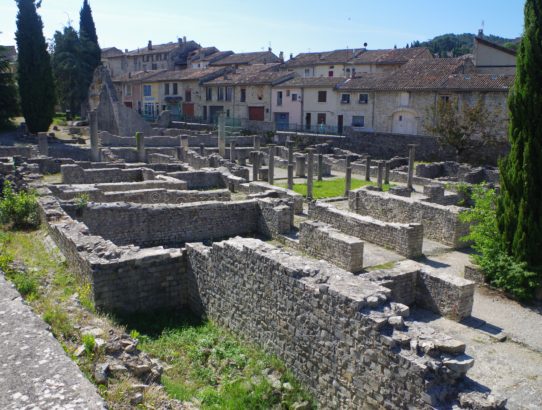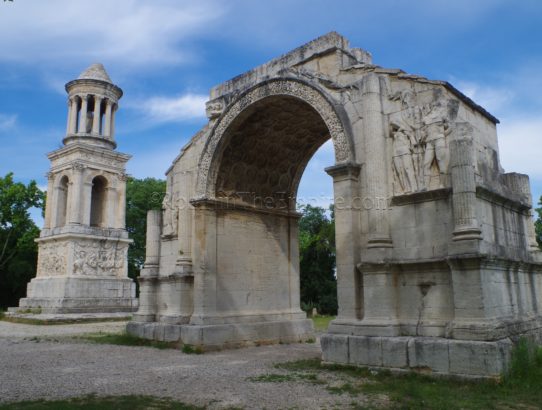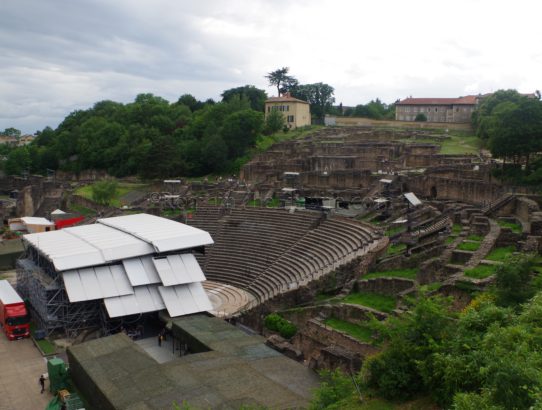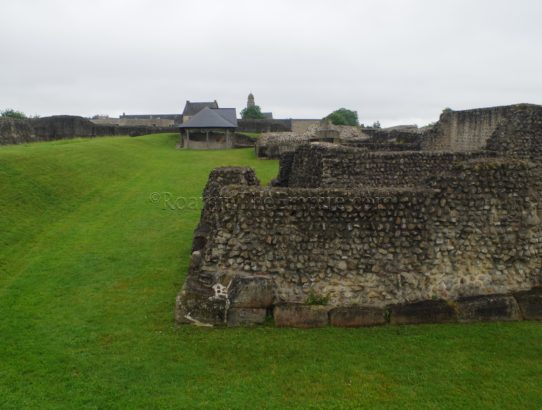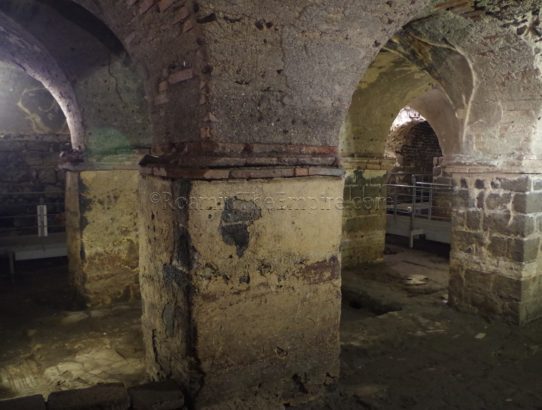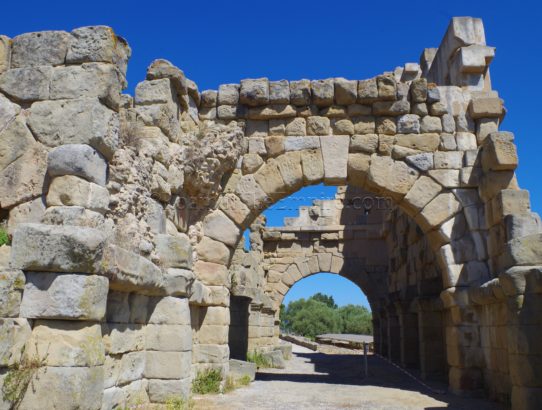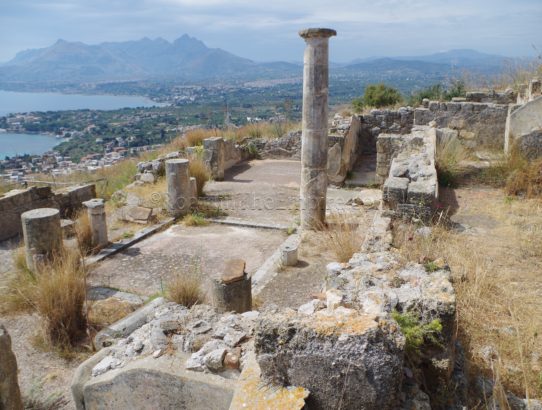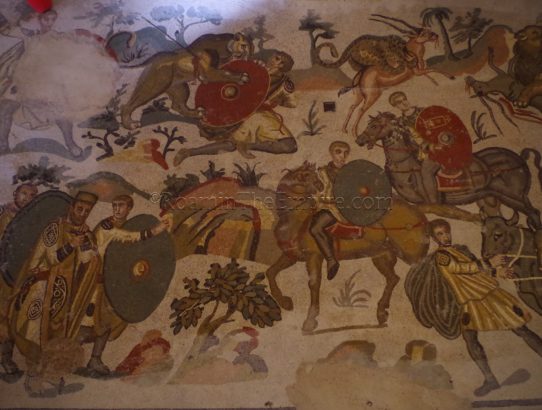Vasio Vocontiorum, Gallia Narbonensis – Part I
Most Recent Visit: June 2018. The town of Vaison-La-Romaine, situated along the Ouvèze River in the French department of Vaucluse, owes more than just its modern name to the Roman past. In the Roman period, the settlement was called Vasio Vocontiorum (possibly fully Vasio Julia Vocontiorum), which provides the origin of the modern town’s name,…
Read More


